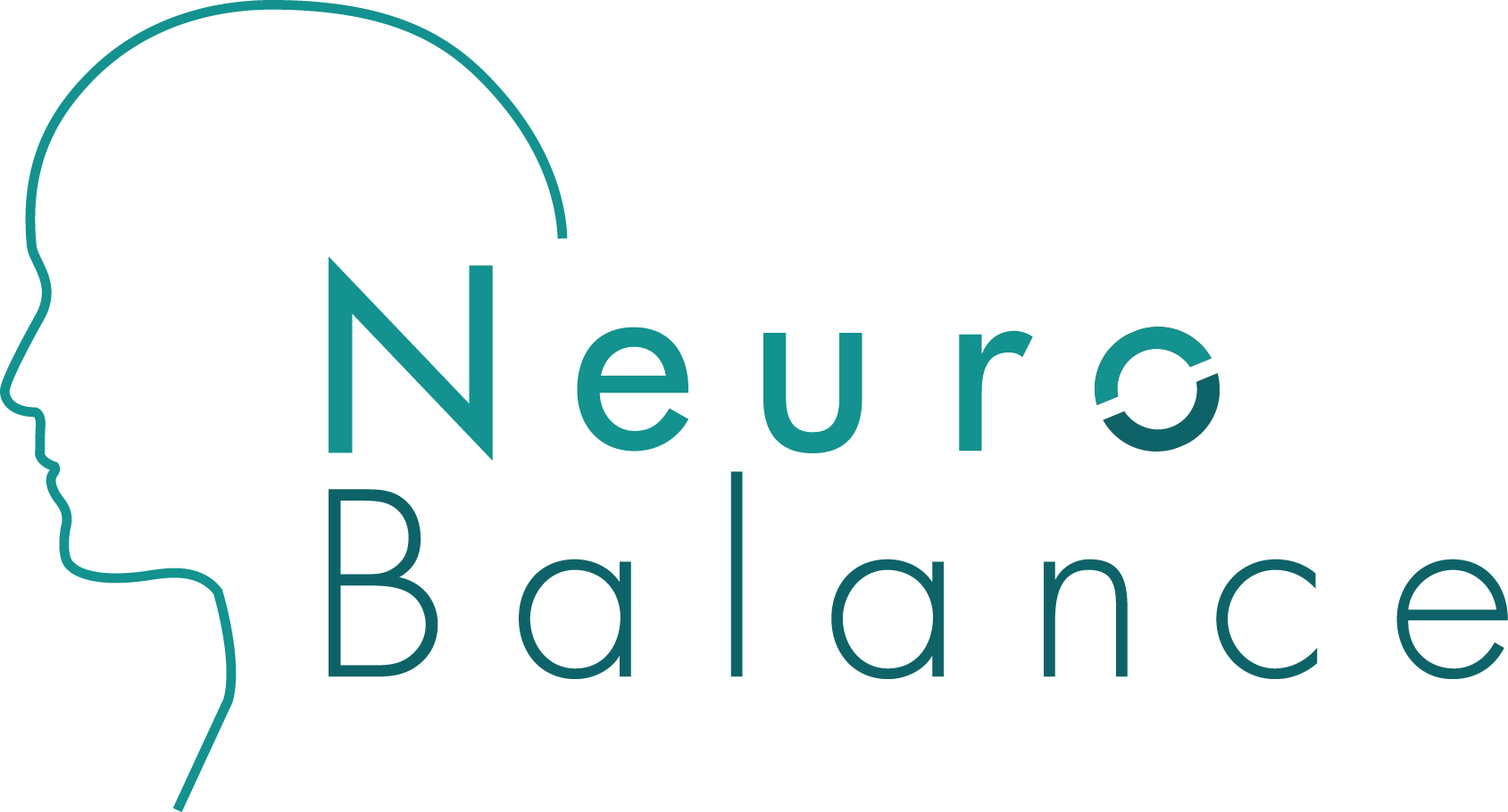Harnessing mRNA Technology in the Fight Against Glioblastoma
Introduction to Glioblastoma
Glioblastoma, the most common and aggressive form of brain cancer in adults, is a formidable adversary in the field of oncology. Characterized by its rapid growth and invasive nature, glioblastoma is notorious for its poor prognosis and challenging treatment landscape. Each year, this malignancy affects approximately 3.21 per 100,000 individuals worldwide, with a median age of diagnosis around 64 years. It is more prevalent in men compared to women and survival rates are stark, with only about 17% of patients surviving the first year after diagnosis (AANS).
Current Treatment Approaches
Traditional treatment for glioblastoma involves a combination of surgery, radiation, and chemotherapy. Despite advances in medical imaging and surgical techniques, the invasive nature of glioblastoma makes complete surgical removal challenging. Treatments like MRI-guided surgery and tumor treating fields (TTF) are part of modern approaches but have limited efficacy in extending life expectancy significantly beyond the average of 15 months post-diagnosis (AANS) (Wikipedia).
Innovative Research: mRNA Vaccines
Recent strides in mRNA vaccine technology, popularized through their success in COVID-19 prevention, are now being directed towards oncology, with promising early results in glioblastoma treatment. mRNA vaccines work by instructing cells in the body to produce a protein that triggers an immune response, tailored in this context to recognize and attack tumor cells. This method offers a targeted approach, potentially minimizing the side effects associated with broader forms of chemotherapy and radiation.
Preliminary studies have shown that mRNA vaccines can stimulate the immune system to recognize and fight glioblastoma cells more effectively. The vaccines are designed to target specific mutations within the cancer cells, which are identified through advanced genetic profiling of the tumor. This precision not only enhances the potential effectiveness of the treatment but also opens up new avenues for personalized medicine in cancer care.
How mRNA Vaccines Target Glioblastoma
The mRNA vaccines designed for glioblastoma work fundamentally differently from traditional cancer treatments like chemotherapy and radiation. These vaccines are tailored to harness the body's immune system, teaching it to identify and destroy cancer cells.
Mechanism of Action
Target Identification: The vaccine targets specific antigens (proteins) expressed by the glioblastoma cells. These antigens are often mutated forms of proteins that are normally present in the body but are produced abnormally by cancer cells. By sequencing the tumor’s DNA, researchers can identify unique or highly expressed proteins to target.
mRNA Introduction: The vaccine consists of synthetic mRNA that codes for these specific tumor antigens. When administered, this mRNA enters the body’s cells and uses the cells' machinery to produce the target antigens just as it would any normal protein.
Immune Activation: These newly created antigens are then presented on the cell surface, where they are recognized by the immune system. This recognition triggers the immune system to activate T-cells, a type of white blood cell that attacks cells expressing these antigens.
Interaction with Neurons and Glial Cells
The primary focus of mRNA vaccines in the context of glioblastoma is on the immune cells rather than directly on neurons or glial cells. The interaction occurs primarily through the immune system’s recognition and destruction of cancerous glial cells, which are the cells from which glioblastomas originate.
Glial Cells: Glioblastoma arises from mutations in the glial cells—astrocytes and oligodendrocytes—which support and insulate nerve cells in the brain. The vaccine targets these mutated cells, marking them for destruction by activated T-cells.
Neurons: The vaccine itself does not directly interact with neurons. Instead, its role is to minimize damage to healthy neurons by targeting the cancerous cells that might otherwise crowd out or disrupt normal brain function.
Potential Effects and Benefits
The precision of mRNA vaccines means they can potentially offer treatment with fewer side effects compared to traditional methods, which often damage healthy cells and cause significant neurological side effects. By specifically targeting the cancer cells, these vaccines aim to spare the surrounding healthy brain tissue, preserving more of the patient’s cognitive and functional abilities.
This targeted approach not only has the potential to improve the efficacy of treatment but also enhances the quality of life for patients by reducing the adverse effects associated with conventional therapies. Continuous research is necessary to refine these vaccines to ensure they are safe, effective, and can be integrated into the standard treatment protocols for glioblastoma.
Data and Study Results
The early phase clinical trials involving mRNA technology have shown a marked increase in immune response against glioblastoma cells. Patients receiving these vaccines have shown improved survival rates in initial studies, with further research ongoing to better understand the full potential and refine this approach (BioMed Central).
Looking to the Future
The future of glioblastoma treatment is increasingly hopeful, with mRNA vaccines representing a frontier in cancer research that could redefine survival expectations and quality of life for patients. Continued research and clinical trials are essential to optimize these vaccines, understand their long-term effects, and integrate them with existing treatments. For those affected by glioblastoma or involved in their care, staying informed about these advancements is crucial.
As we move forward, the integration of cutting-edge technologies like mRNA vaccines with traditional and new therapies will hopefully provide a much-needed breakthrough in the fight against this challenging disease. With ongoing research, the future could hold a more promising outlook for those diagnosed with glioblastoma.
-A Balanced Brain is a Better Brain for a Happier Life-
